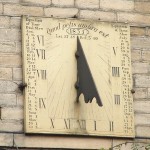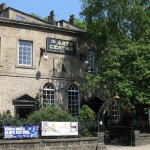CHAIRMAN
My main activity over the past three months has been working with Christine Northeast and Bill Visick to produce a normal-length Bulletin for March.
There is nothing like doing something yourself to discover exactly what is involved. I have to repeat what I said in the December Newsletter, but with even more admiration and awe, and stress just what a Herculean burden John Davis has shouldered for so many years.


